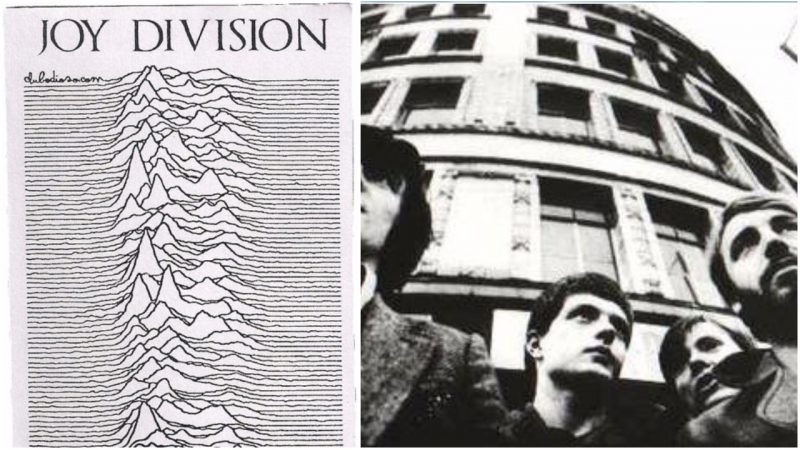Known for their unquestionable influence on today’s music, Joy Division have released their masterpiece, “Unknown Pleasures” in June 1979.
The album became a groundbreaking pinnacle of their brooding post-punk sound, garnering much attention and high critical acclaim throughout the ages. The story behind the album cover is just as mystifying as the band’s enduring contribution to music.
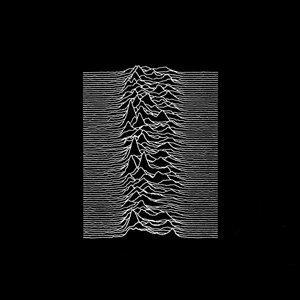
One of the most easily recognized staples of popular culture, the distinguishable white lines, can be seen on many t-shirts today. The lines are similar to a topographical depiction of a mountain. The cover sends out a bleak, existential message, which looks exactly the way the album sounds.
Formed firstly as Warsaw in 1976 in Salford, Greater Manchester, the punk band included vocalist Ian Curtis, guitarist Bernard Sumner, bassist Peter Hook, and drummer Stephen Morris. Sumner and Hook, which are childhood friends, met after a Sex Pistols gig and decided to form a band. Curtis joined in soon, right after responding the band’s advertisement for a vocalist.
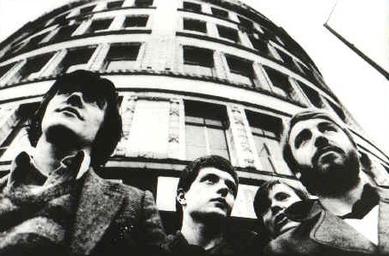

The band quickly phased out of the usual genre. They began developing their unique sound which pioneered the whole post-punk movement, along with bands like This Heat, Wire, Killing Joke, and many others.
After their debut album “Unknown Pleasures” and the rising popularity, Curtis suffered from terrible epilepsy attacks, depression, and anxiety. In May 1980, just at the start of their first American tour, Curtis committed suicide at the age of 23. The single “Love Will Tear Us Apart” became the band’s highest-charting swan song.
After the singer’s untimely death, the remaining members went on to form New Order and achieved critical and commercial success. The drastic change in sound was well-received, phasing into a more synth-pop sound, along with bands such as Depeche Mode, Soft Cell, and Pet Shop Boys.
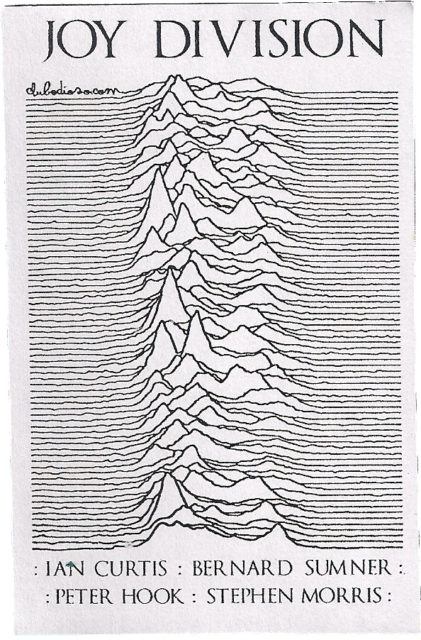
Unknown Pleasures’ image became an instant subcultural standard of many youngsters of the 80s. One of the many powerful symbols by musical groups from the 80s like Black Flag, Bauhaus, or Pink Floyd, which also dealt a huge impact on pop-culture. Author Chris Ott suggested that the album title was referencing Marcel Proust’s’ work “Remembrance of Things Past.”
The image was designed by Peter Saville, and it flawlessly captures the essence of the band itself. The white-on-black waves are based on a picture of radio waves from the first pulsar ever recorded – CP 1919 (or PS B1919+21), taken from The Cambridge Encyclopaedia of Astronomy. It was created by radio astronomer Harold Craft as a Ph.D. thesis at the Arecibo Observatory.
On 28th November 1967, astrophysicists Jocelyn Burnell, along with her supervisor Antony Hewish, discovered a strange anomaly. It was a strange radio signal, picked up by an antenna at the Mullard Radio Astronomy Observatory, on the outskirts of Cambridge.
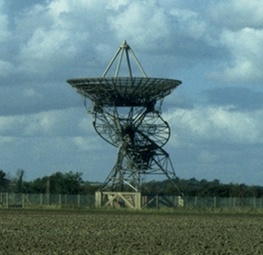
It was a pulse which lasted 1.3373 seconds. It was an incredibly frantic moment for the researchers, as it compelled Burnell to analyze further and study the signal, repeating the audio over and over again.
Burnell notes: “We did not really believe that we had picked up signals from another civilization, but obviously thат idea had crossed our minds and we had no proof that it was an entirely natural radio emission. It is an interesting problem—if one thinks one may have detected life elsewhere in the universe, how does one announce the results responsibly?”
Their first thought was automatically a sign of extraterrestrial life but was ruled out eventually. The group of researchers decided it was a signal of a rapidly rotating neutron star, which came from the Vulpecula constellation. An exciting find, either way, as it was the first ever recorded pulsar caught on audio.
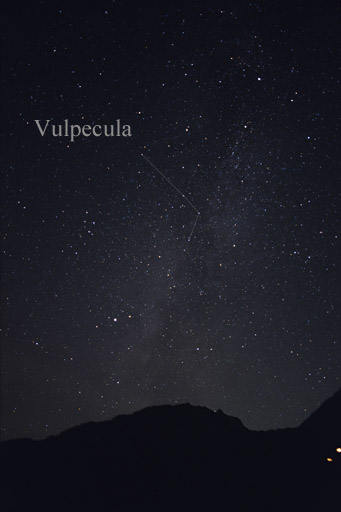
Pulsars ( a portmanteau of pulsating star) are solid objects and they emit a high-energy beam of electromagnetic radiation. The existence of such objects had been postulated before, but they have never been extensively studied. It was initially called LGM-1 (for “Little Green Men”) and was later renamed PSR B1919+21, and later (CP 1919).
The image which ultimately landed on the Joy Division cover was a cut-out of the arranged graph, as a segment of the whole readout. It was edited in the 1977 Cambridge Encyclopedia of Astronomy, before being noticed by Peter Saville, the designer.
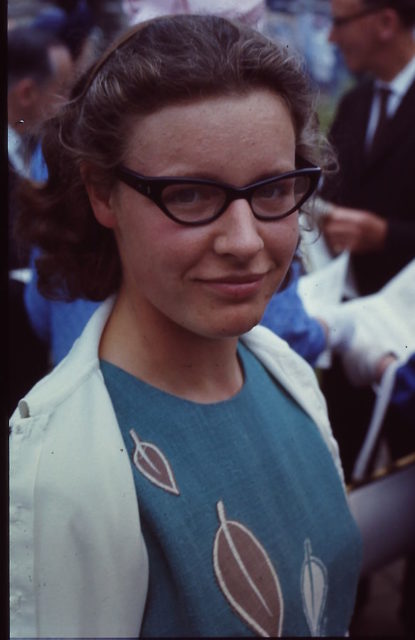
The iconic image will be an eternal trademark of the alienated generation of the 80s. The scientific context behind the image was a deliberate depiction which lacked a relation to the record. There were not many fans which knew the background story of the mysterious image.
“The duo chrome Peter Saville cover of this first Joy Division album speaks volumes. Its white-on-black lines reflect a pulse of power, a surge of bass, and raw angst. If the cover doesn’t draw you in, the music will.” – Susie Goldring, BBC Online
As a visual rendition of the first ever radio signal emitted by a neutron star, it almost completely engulfs the sounds in deep melancholy. Much of the correspondence of the unknown depths of space.
